Tooth microfractures and mucosal abrasions may sound like isolated inconveniences, but when they appear together, they often signal deeper structural and safety concerns that can quickly escalate without intervention. For manufacturers, distributors, and professional buyers, understanding this combination is essential to ensure product safety, avoid liability, and protect brand reputation.
Tooth microfractures are tiny cracks in the enamel or dentin layers. Common triggers include:
Left unaddressed, microfractures can gradually propagate, leading to tooth chipping, sensitivity, or even structural failure.
Mucosal abrasions are shallow injuries to the soft tissues lining the cheeks, lips, and gums. They often result from:
While minor abrasions typically heal in days, repeated trauma increases the risk of infection and chronic discomfort. Company web:https://www.powsmart.com/product/electric-toothbrush/
When tooth microfractures coincide with mucosal abrasions, the risk to users compounds significantly:
This feedback loop often escalates from mild irritation to more serious oral health complications.
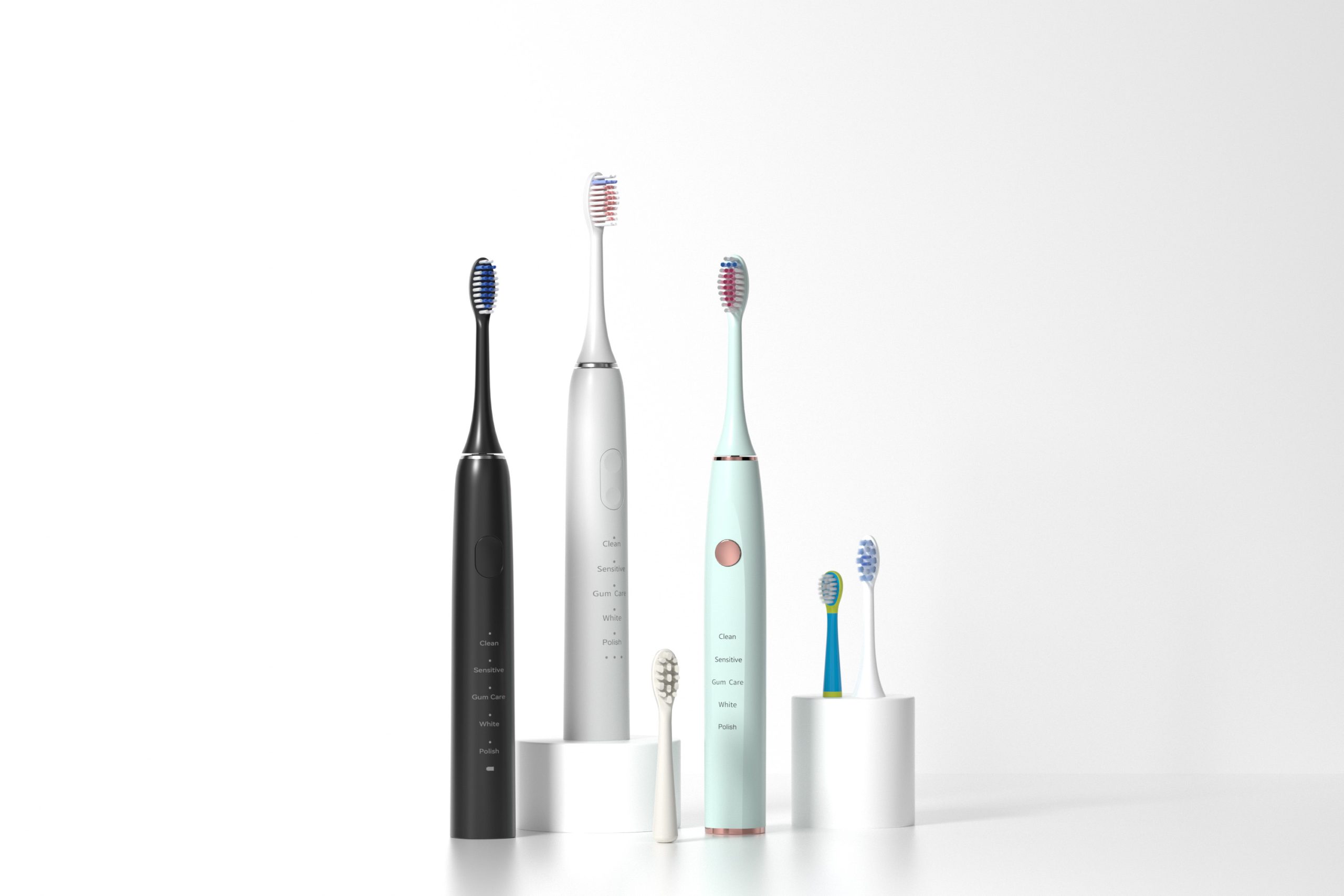
In many cases, yes.
Unlike superficial staining or cosmetic imperfections, microfractures weaken the tooth’s structural integrity, while mucosal abrasions compromise tissue resilience. If your product line is generating frequent complaints about both issues, it is critical to:
Ignoring this combination increases the chance of customer injury, reputational damage, and regulatory scrutiny.
Manufacturers and suppliers can adopt multiple safeguards:
These measures can significantly reduce incident rates and enhance end-user trust.
B2B brands should also:
A proactive support strategy helps distributors and professional customers manage risks confidently.
Conclusion
The appearance of tooth microfractures together with mucosal abrasions is rarely coincidental—and it is never trivial. Prompt identification, clear communication, and robust design improvements are essential to protect both user health and brand credibility. If you need help auditing your devices for these risks, our engineering team can provide tailored assessments and recommendations. Contact us
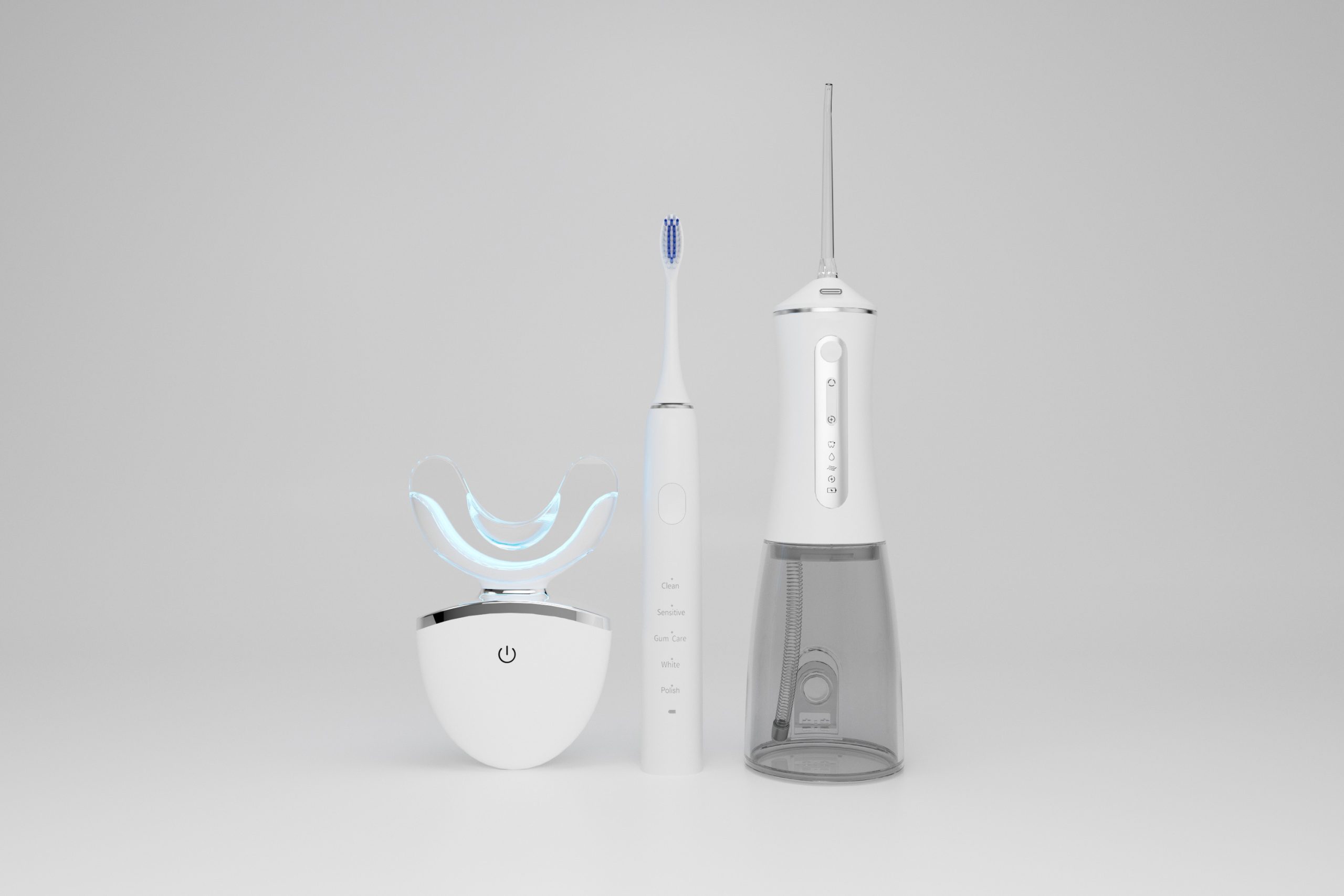
Wholesale Smart Electric Toothbrushes: Bulk Order Advantages

Smart Toothbrush OEM Manufacturing for Tech Professionals
Gel Leakage with Enamel Translucency – Permanent Damage?

Water Flosser Disadvantages: What Your OEM Factory Isn’t Telling You?
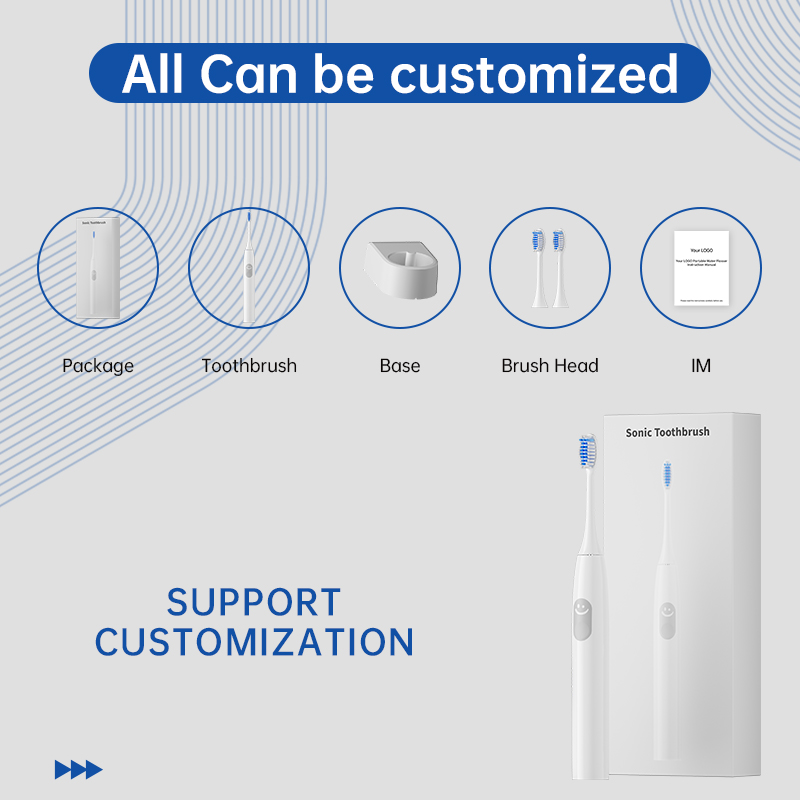
Best Product Category for New Year Health Goals: OEM Electric Toothbrushes
Child Compatibility Meets Cold Light Sensitivity: Safe?
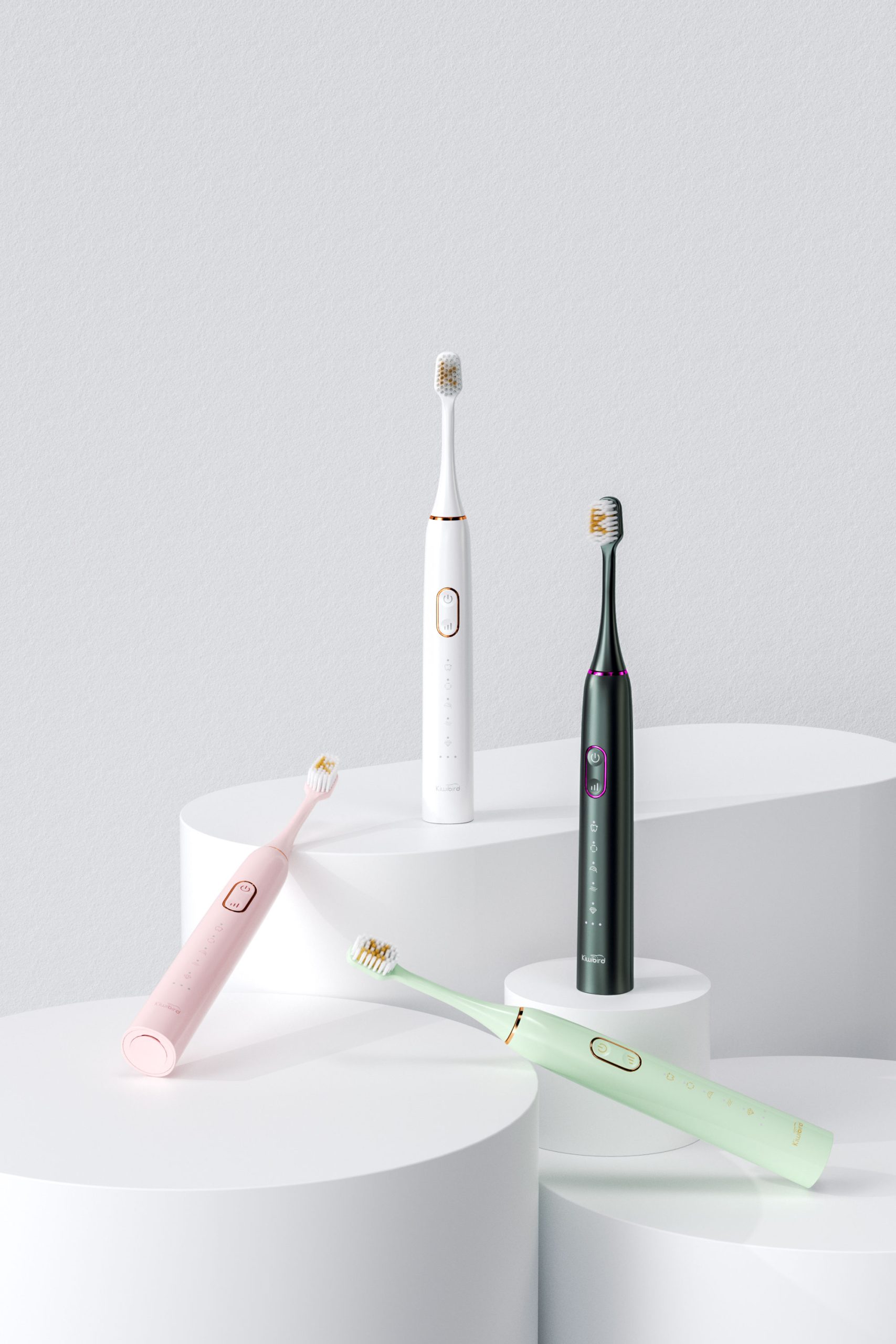
How to Store a Toothbrush? Best Practices for Hygiene and Longevity
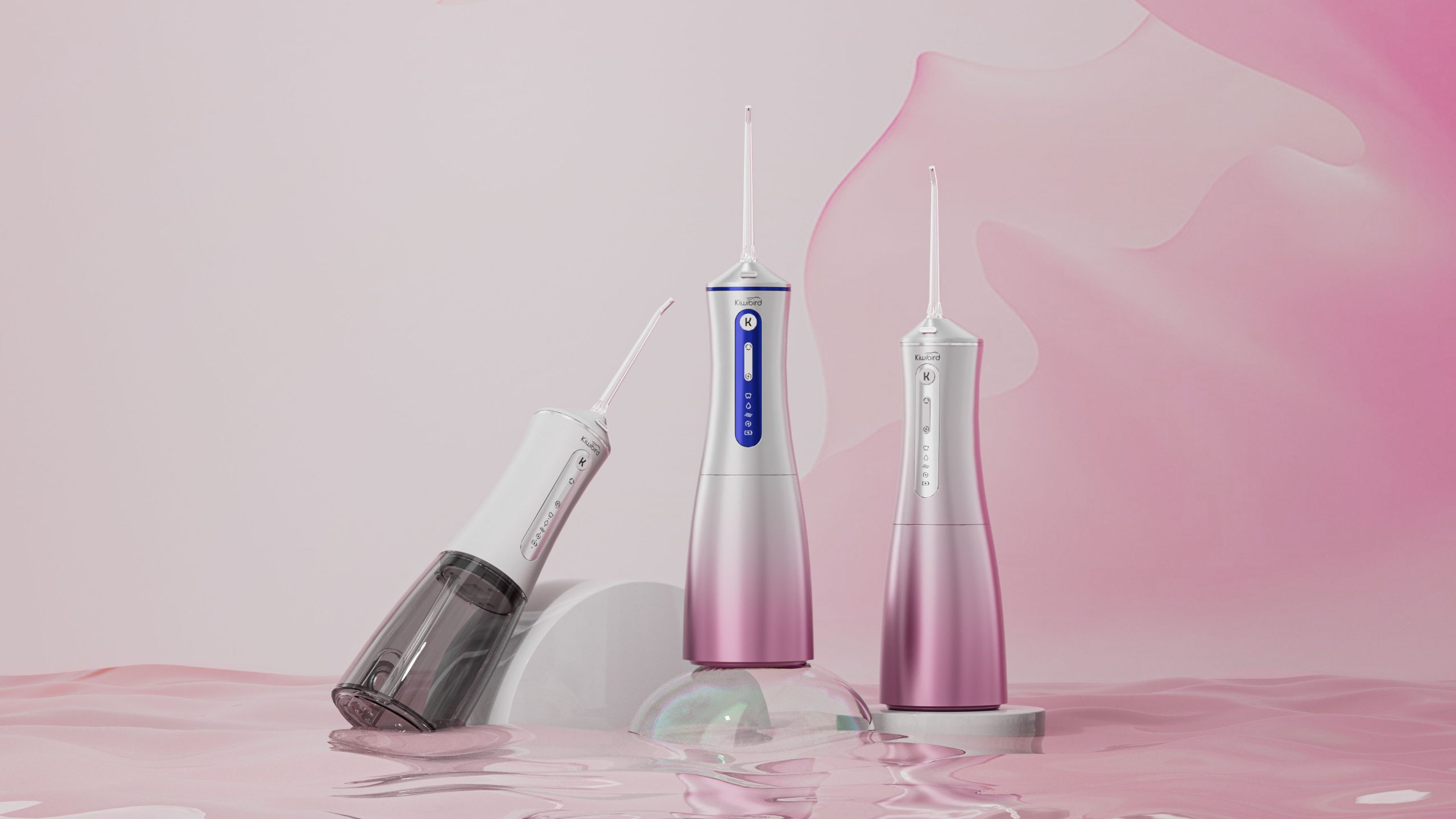
Is a Software engineer gift incomplete without a Coding gift toothbrush?
.jpg)
Custom Children’s Electric Toothbrush Design – Soft Bristles & Food-Grade Silicone
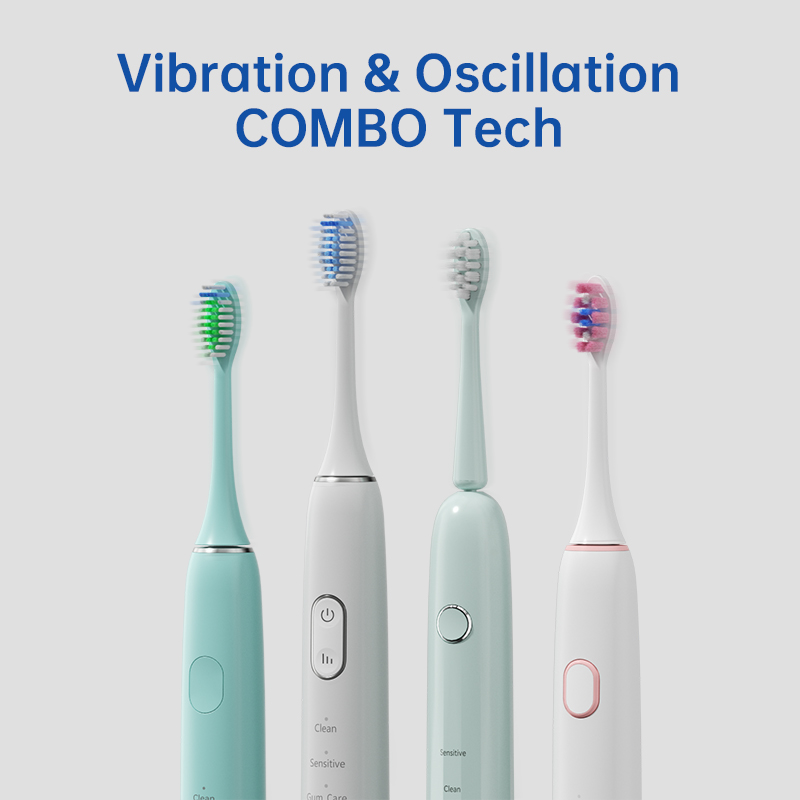
Which Electric Toothbrush Best Suits Coffee Drinkers in Seattle?
.jpg)
Which Electric Toothbrush is Best for Kids in Chicago?

The Higher the Frequency of the Electric Toothbrush, the Better the Cleaning Ability?
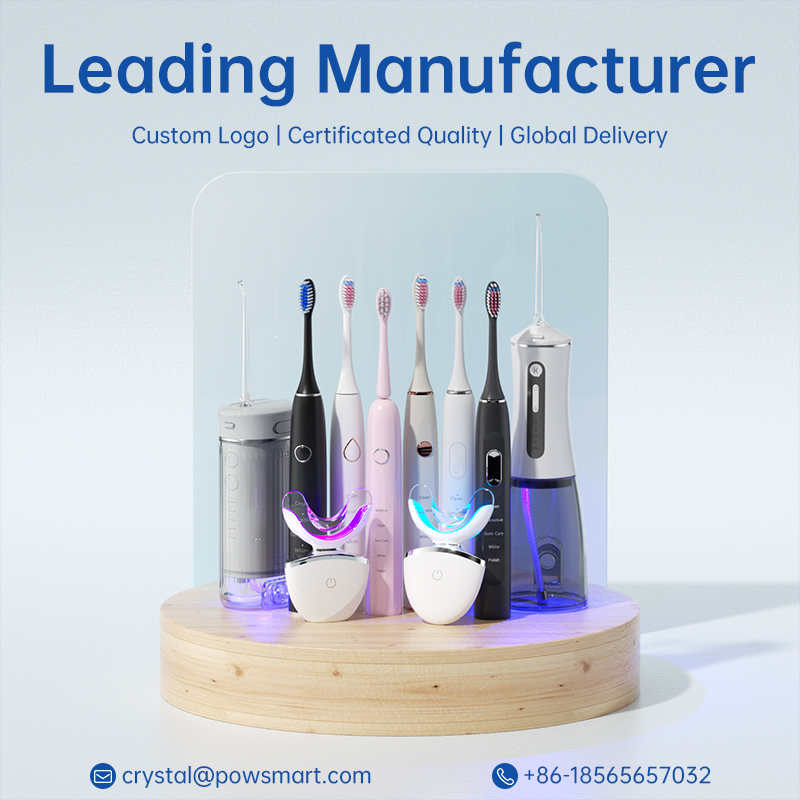
The Future of Toothbrush Sterilization: OEM Integration of UV and Antibacterial Tech
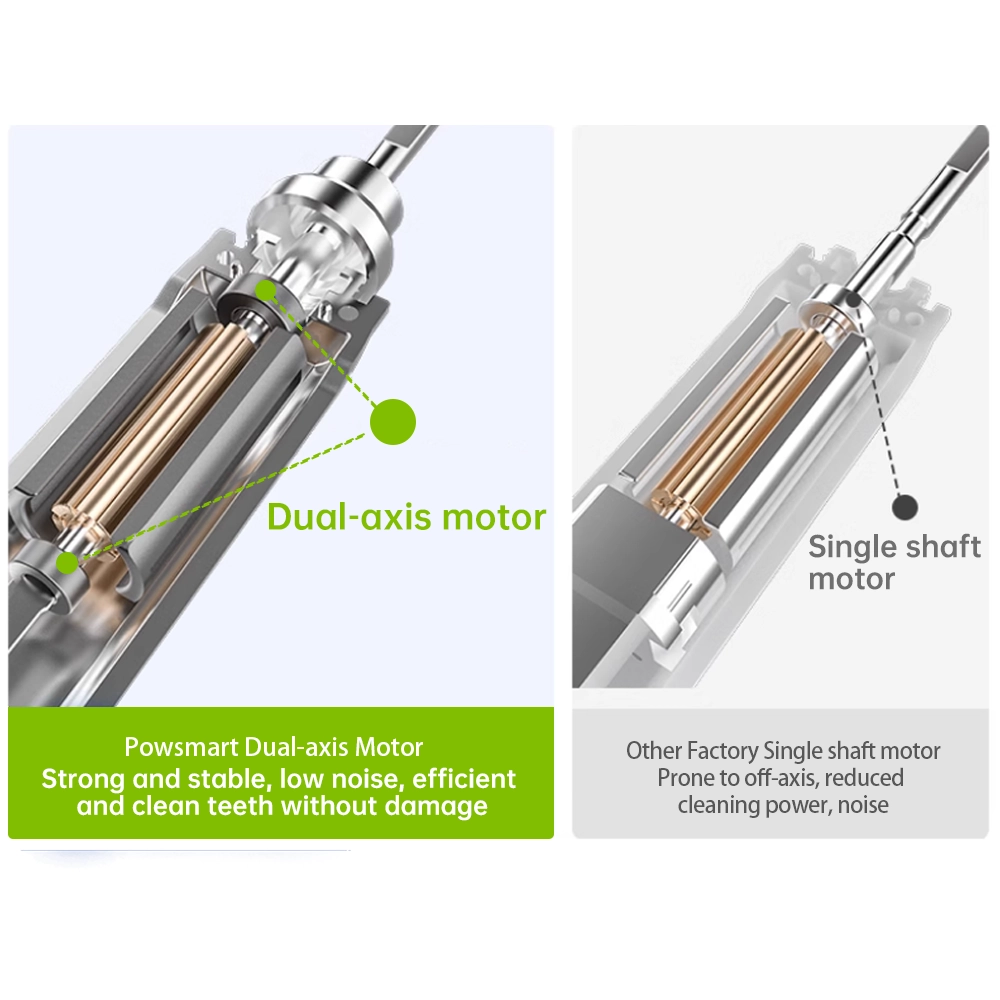
How Does the Motor of an Electric Toothbrush Affect Product Performance?

Magnetic Levitation Motor Toothbrush Technology Explained

Is Your Toothbrush Manufacturer Also a Toothbrush Wholesaler?

electric toothbrush heads Ultra Soft

electric toothbrush heads Charcoal Infuse-Round
.jpg)
Florida Electric Toothbrush – Powsmart PTR-C8

Electric toothbrush heads Charcoal Infused-Diamond

Private Label Whitening Gel

electric toothbrush heads Deep Clean

electric toothbrush heads Regular Clean

Customization Teeth Whitening Gel
whstapp
whstapp
National Toll-Free Service Hotline
+86 755 86238638